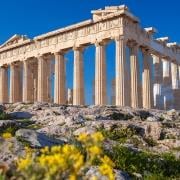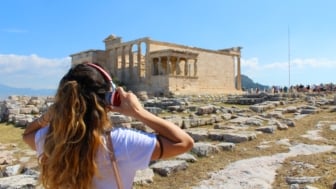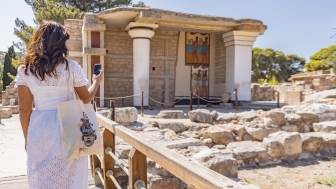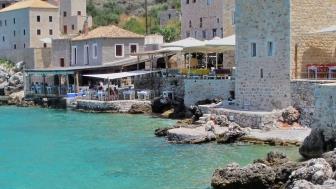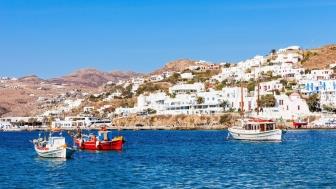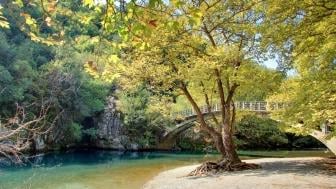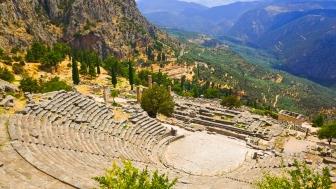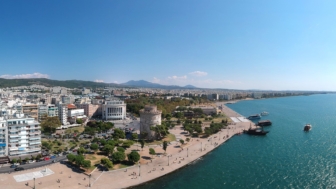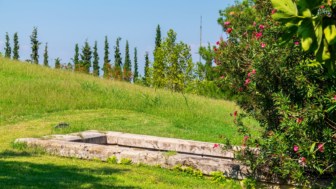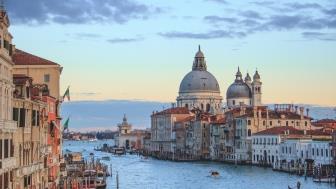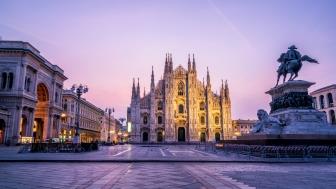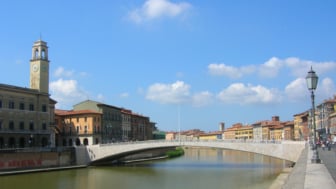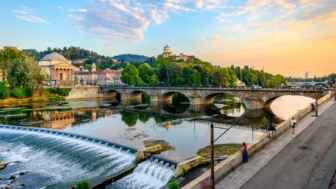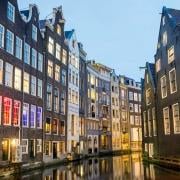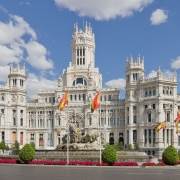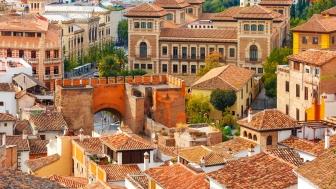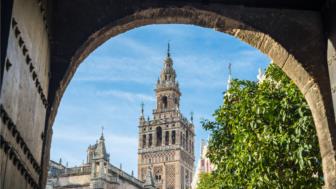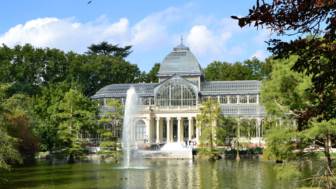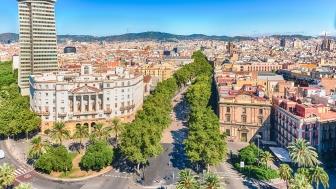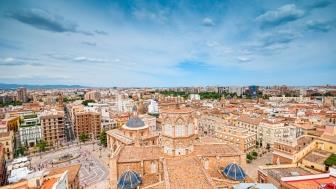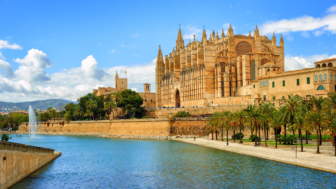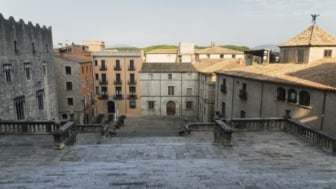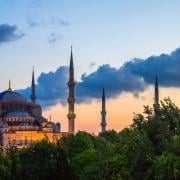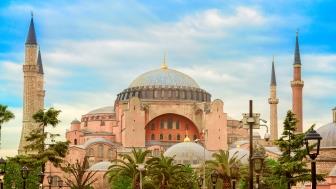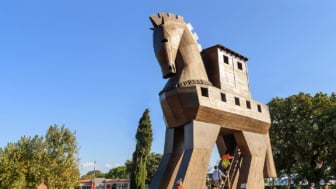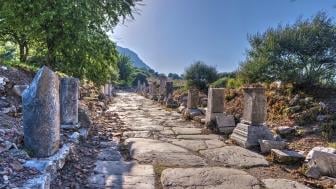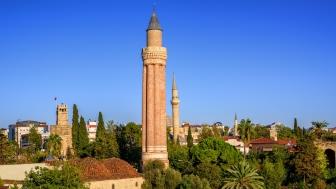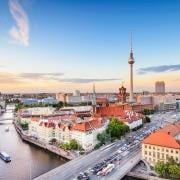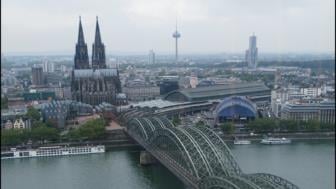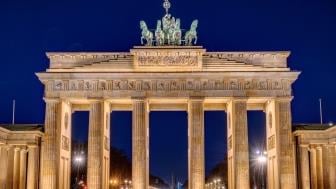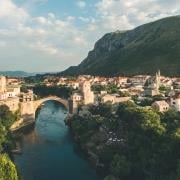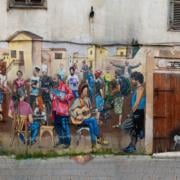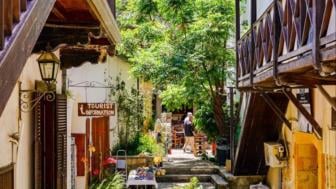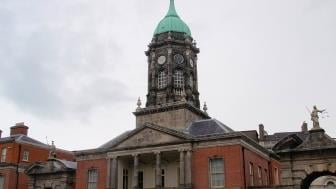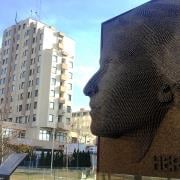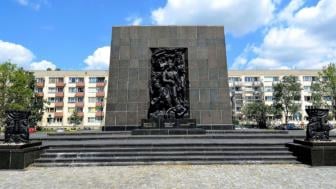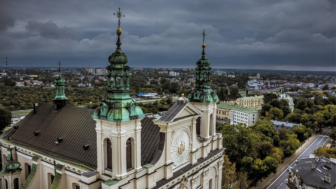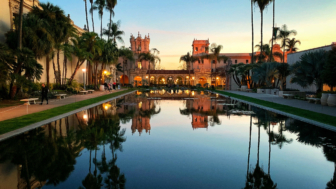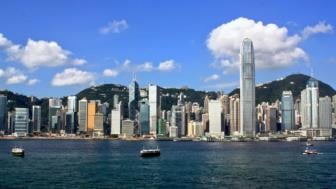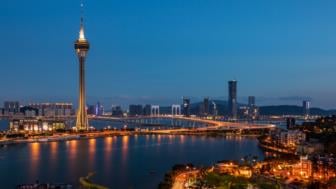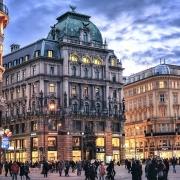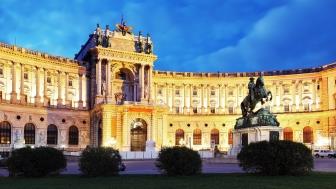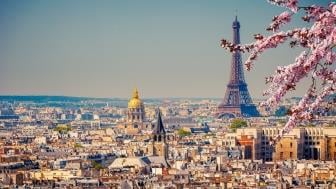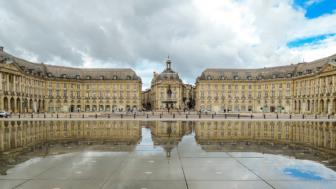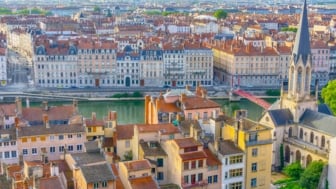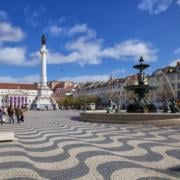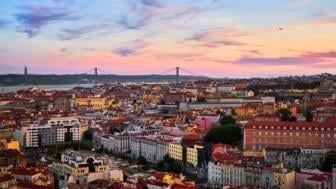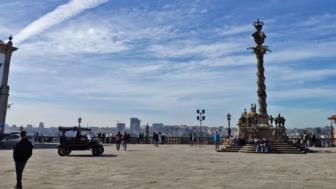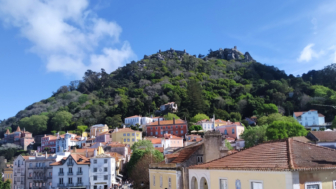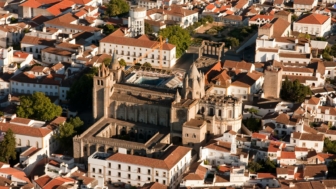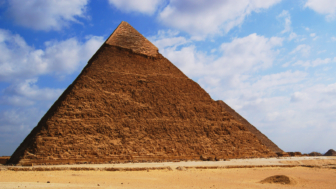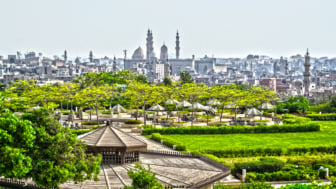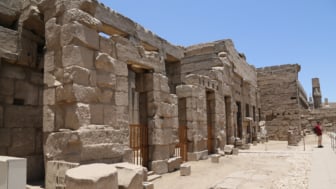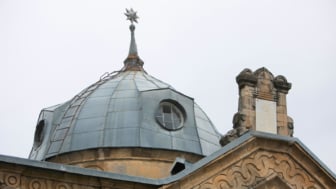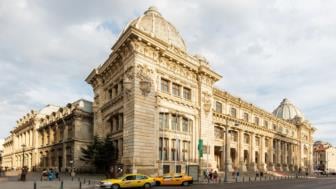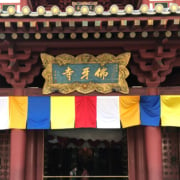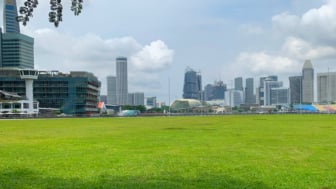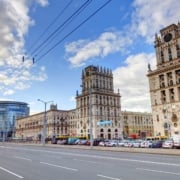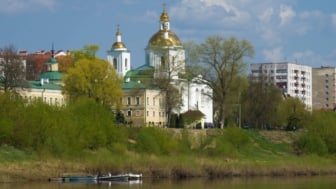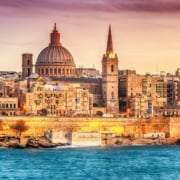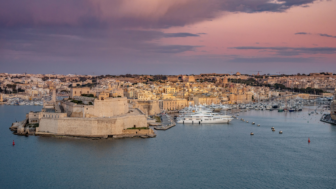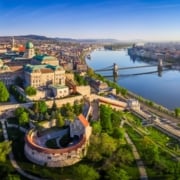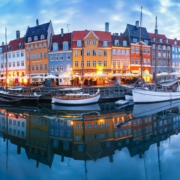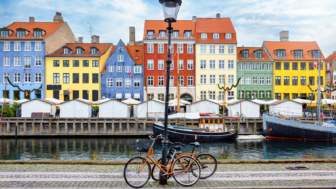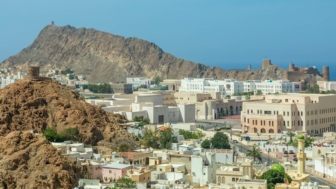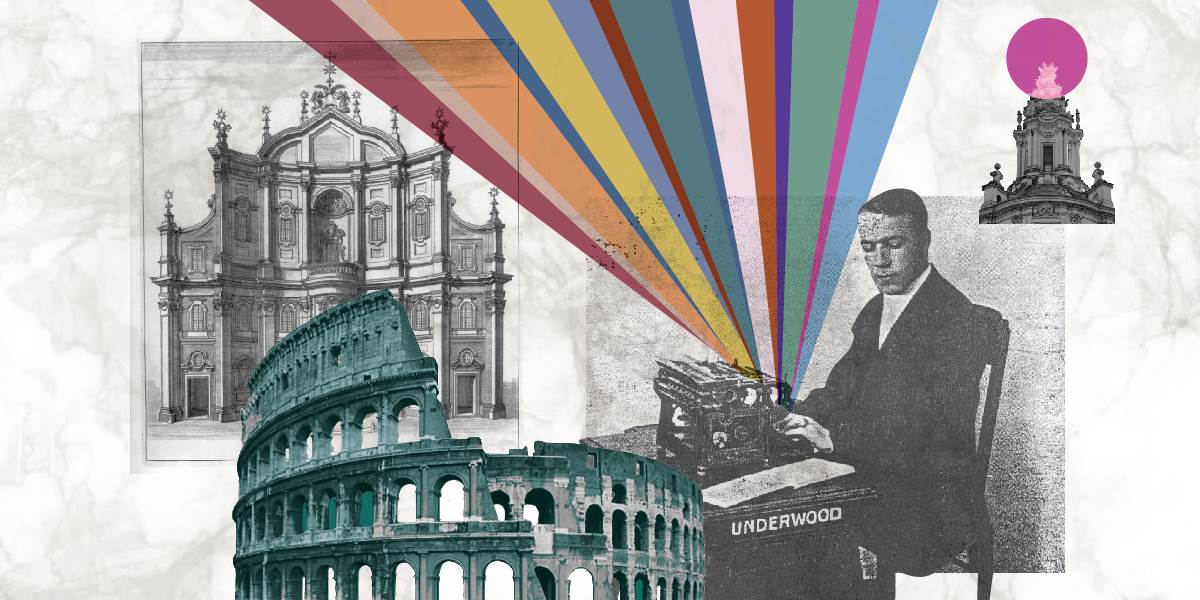If you stop and think about Rome, chances are your mind will conjure up the image of the Colosseum; and if you stop to think about the Roman Empire, with its legions marching from one end of Europe to the other, then your mind will definitely present you with the now ruined shape of what used to be the biggest amphitheater in the world.
The Colosseum has undeniable fame that travels far and wide, from the works of poets and artists that visited Italy during the centuries and brought their experience back to canvas or paper to the Hollywood directors that immortalized it in movies— Ridley Scott with his Gladiator especially. When we think about the Colosseum, our first thought is of the gruesome and bloody gladiator fights that took place in it, but truth be told, those were only a fraction of the massive entertainment machine that was the Flavian Amphitheatre.
The monument’s original name comes from the Emperor that built it, Vespasian, who was the first of the Flavian dynasty— funny enough, his most used name comes (indirectly) from Emperor Nero, or more specifically, to the colossal statue depicting him that Emperor Vespasian had moved to the Flavian Amphitheatre’s square. It was that name that stuck through the centuries, and that is still used today.
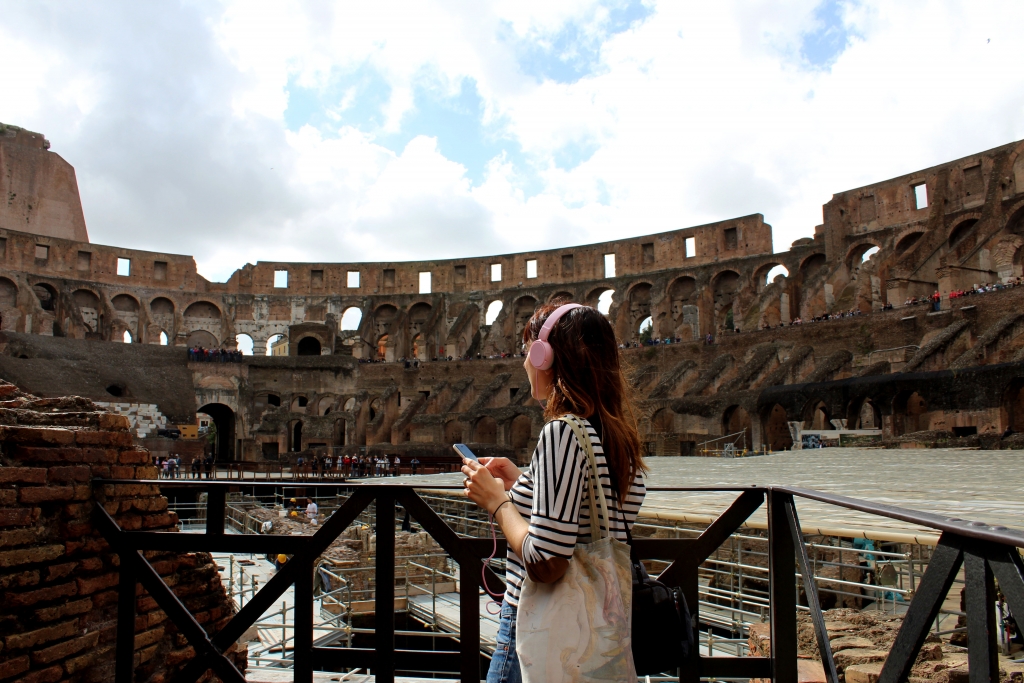
We said gladiator games weren’t the only entertainment taking place in the Colosseum— they were certainly very well-loved by Romans of all social classes, from nobility to the smallfolk, but the show didn’t stop there. The Colosseum staged hunts with real wild animals, re-enactments of famous battles, plays based on Roman mythology, and even naval battles (which were done by flooding the entire arena so that boats could sail and move around).
That’s because Emperors knew that the best way to keep the peace within the walls of the Eternal City was to keep the people happy and fed, and the best way to do so was with a very simple formula— bread and games. The State organised the free distribution of wheat to coincide with the start of the games, which could last anywhere from a couple of weeks to a couple of months. Everyone had a seat in the Colosseum (even if they were divided by social class) and everyone could enjoy the spectacles taking place on the sand of the arena. The people remained happy and the Emperors remained secured in their seat of power.
During the centuries after the fall of the Empire, the Colosseum stood in the center of Rome as dramatic changes were taking place around it, and as the world moved from the Middle Ages (where the Amphitheatre was believed to be the gathering place of sorcerers, witches, and demon-worshippers) to the Renaissance and finally to the Age of Enlightenment when the popes started worrying about its renovation and restoration process.
Today, the Colosseum is part of one of the world’s largest and most visited archaeological sites together with the Roman Forum and the Palatine— and if you walk under its now crumbled seating, you can still hear a faint echo of the cheers that accompanied the entrance of fighters into the arena, coming to you straight from the golden age of the Roman Empire.
Useful Information:
Address: Piazza del Colosseo
Opening hours: 8.30-16.00 from the last Sunday in October to February 15th; 8.30-17.00 from February 16th to March 15th; 8.30-17.30 from March 16th until the end of the month; 8.30-19.15 from the end of March to August 31st; 8.30-19.00 from September 1st to September 30th; 8.30-18.30 from October 1st to the end of the month
Tickets: Full price €12
Access:
Metro: B Line, Stop “Colosseo”
Buses: 75, 81, 673, 175, 204
Tram: 3
Interested in learning more? Check out our new audio tour “Colosseum Bread and Games” and discover 55 fascinating stories.


